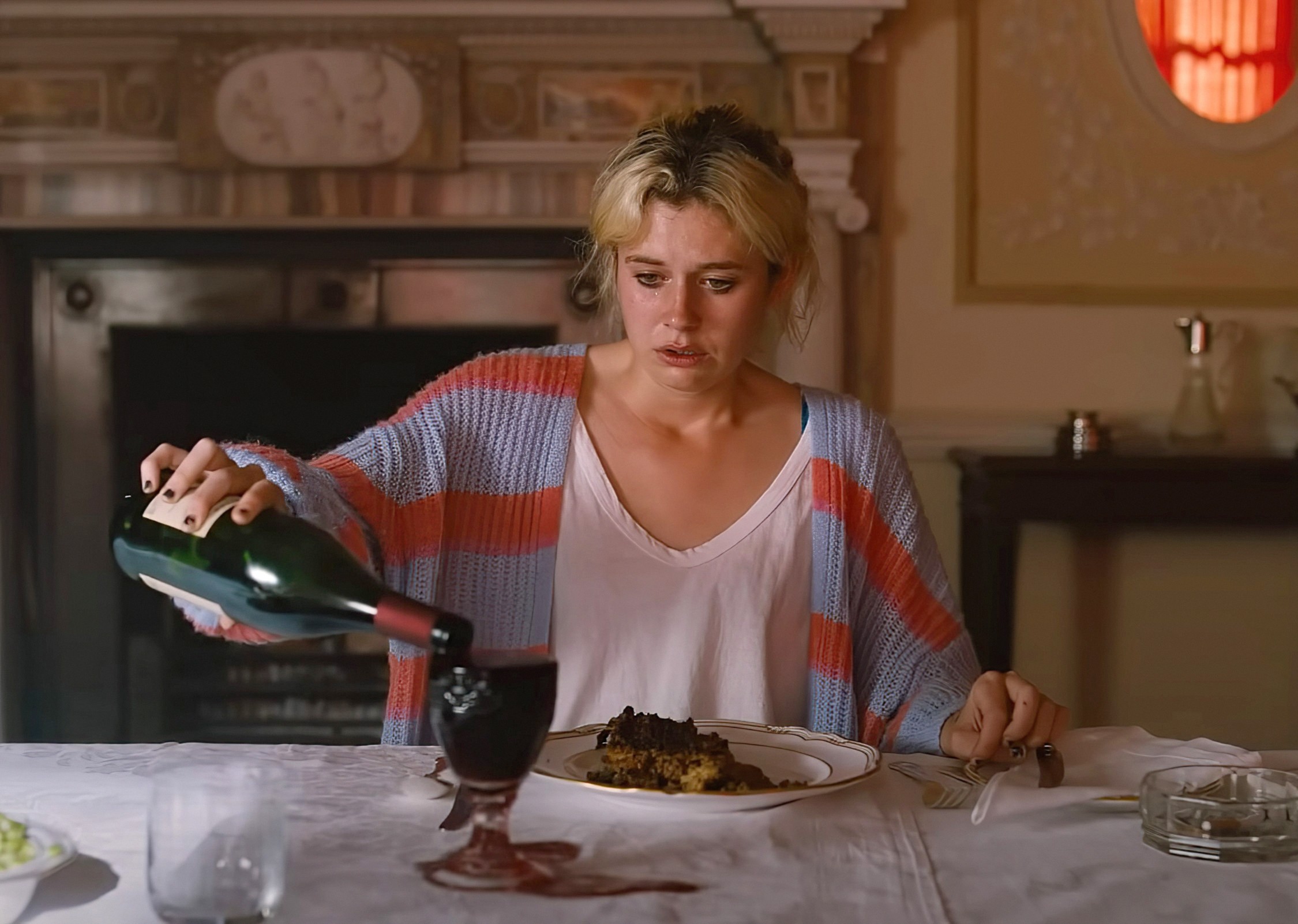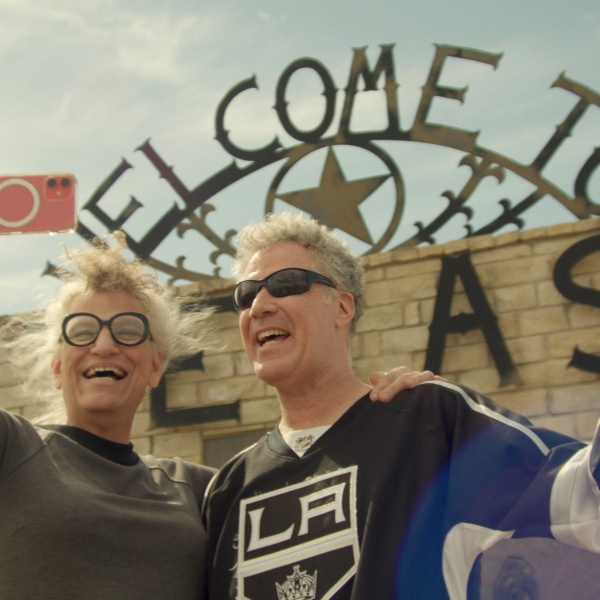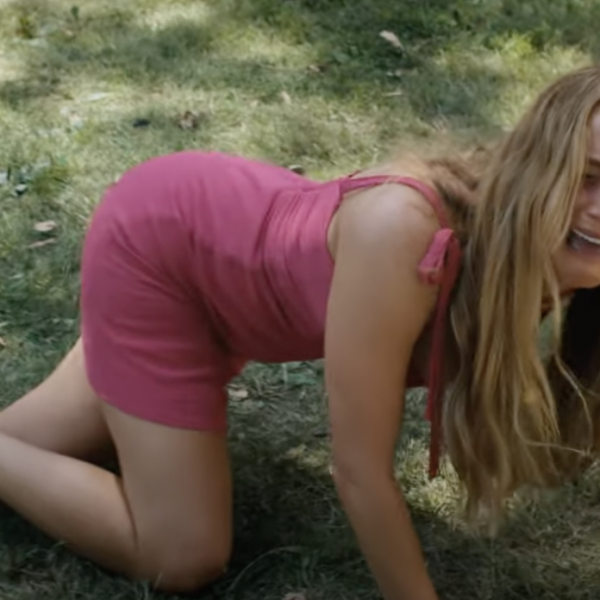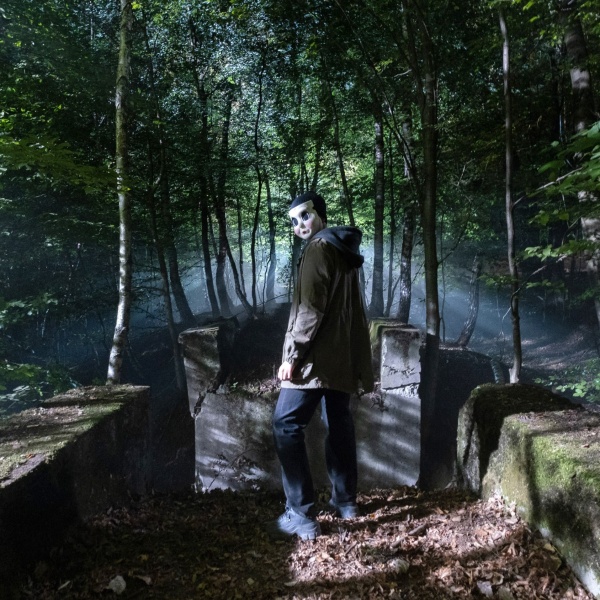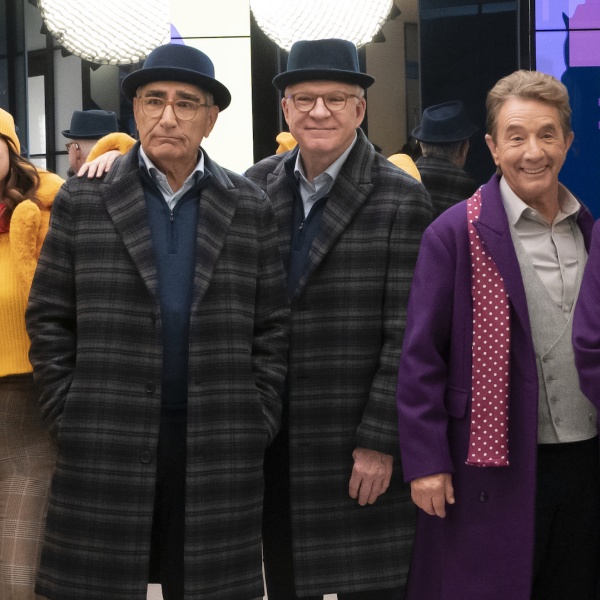Anyone who has encountered Garth Marenghi’s oeuvre knows that there’s a joy and a certain playful energy that comes when no one has to pretend a story isn’t a story. “Saltburn” is a prime example of those benefits, which only makes the well-heeled vanity of the Catton family funnier and the inchoate longing of Oxford student Oliver Quick (Barry Keoghan) to become a fixture in the life of uni mate Felix Catton (Jacob Elordi) more twisted. The film achieves a certain paradoxical honesty by putting a heightened gloss on very fake people who are trying to appear completely normal.
It’s not that the film breaks the fourth wall. But nothing is too much for “Saltburn.” And that approach to storytelling is what gives writer and director Emerald Fennell the freedom to use her frames to heighten the tension in relationships, twist the knives of betrayal, and show her characters to be the weird little freaks that they (and we) all are.
“I like to start from a very maximalist, unsubtle place,” Fennell told IndieWire’s Filmmaker Toolkit podcast. “I think we’re very much bludgeoned with the idea of subtlety a lot in art. And I think it’s funny because I don’t think we’re very subtle as people. I don’t think we’re very good actors. And I think that all of that subtext that we think we’re relaying is very obvious to other people.”
Showing both the effort at pretending and the obvious clues as to what the characters really feel is in each and every frame of “Saltburn.” It entails production designer Suzie Davies and her team working with cinematographer Linus Sandgren to create a kind of Dutch masters’ still life out of junk food scattered across a dorm floor. It meant coating the walls of Saltburn itself with a shining gloss that matches the sweat on the characters’ skin and blasting light through blood-red curtains in a moment of extremis. Fennell and her production team constantly chase beautiful imagery made out of ugly or ordinary components and romance that can never measure up to the grandeur of the setting.
But for Fennell as a director, crafting a world that crushes the characters’ affectations also meant choosing key moments for the actors to be bad at pretending. Those moments of subtlety falling away are often the funniest, and the most necessary and honest, too.
A great example of how this works in practice is the scene where Felix surprises Oliver by driving them both to Oliver’s (quite nice, upper-middle class) home and meeting his parents, who are neither as alcoholic nor as dead as Oliver made them out to be. Felix tries to play it cool and not make a scene, even though he’s grappling with the enormity of Oliver’s lies to him. “I said to Jacob, ‘I’m going to be really, really close here and I want you to do this whole scene laughing and smiling but like the biggest laugh and the biggest smile you’ve ever done.’ He’s like, ‘I hate this. This is fucking crazy,’” Fennell said. “We only used one or maybe two shots of that take, but it establishes the total madness [of that situation]. That’s what it feels like. That’s what we all look like when we think we’re being really cool and normal.”
It’s not just in moments of conscious pretending that “Saltburn” makes its characters feel like the most heightened versions of themselves, either. Fennell composes frames with an eye toward making character relationships as visually obvious as their emotional jockeying. Rarely are characters on a completely level playing field, and so the geography of where they are in frame — who looms over whom, how characters fidget or are still, who is casting a shadow — become markers for the audience.
“For me, it’s always about the space between. It’s why using shadow is always so interesting: You’re looking at what’s happening there between the two things. When it comes to power, visually it’s wonderful to be able to do that,” Fennell said. “It’s also who’s watching, who’s being watched, when does that gaze slightly shift. It’s just an endless, thrilling, detailed conversation.”

It’s a conversation that includes the characters’ dynamics and also Saltburn the place. Fennell establishes the great country house in as uniconic a way as possible, focusing slowly on Oliver’s messy, awed, and very unsubtle reaction to it. Fennell amplifies the sound of his roller bag wheeling over the gravel and keeps the shots of his approach as ungainly as Oliver himself. In being unsubtle with her tools, Fennell achieves a storytelling clarity that aligns our experience with the film’s characters; we’re always aware of what they’re grasping for even when they’re pretending they’re not.
“Saltburn” makes us aware, also, of how silly, shallow, and basic our desires are through the film’s gleeful ability to draw attention to them, and then frustrate or deflate them. It’s obvious in how Fennell’s camera treats Oliver, and also in how it treats Saltburn itself. “There was also something delicious about finding this house that nobody had ever seen that was the most beautiful house in England and not giving people the money shot,” Fennell said. “And we always cut away a few frames earlier than you’d expect. So you never quite get that, ‘Mmm, yummy’ feeling.”
“Saltburn” is in theaters and streaming on Prime Video.
